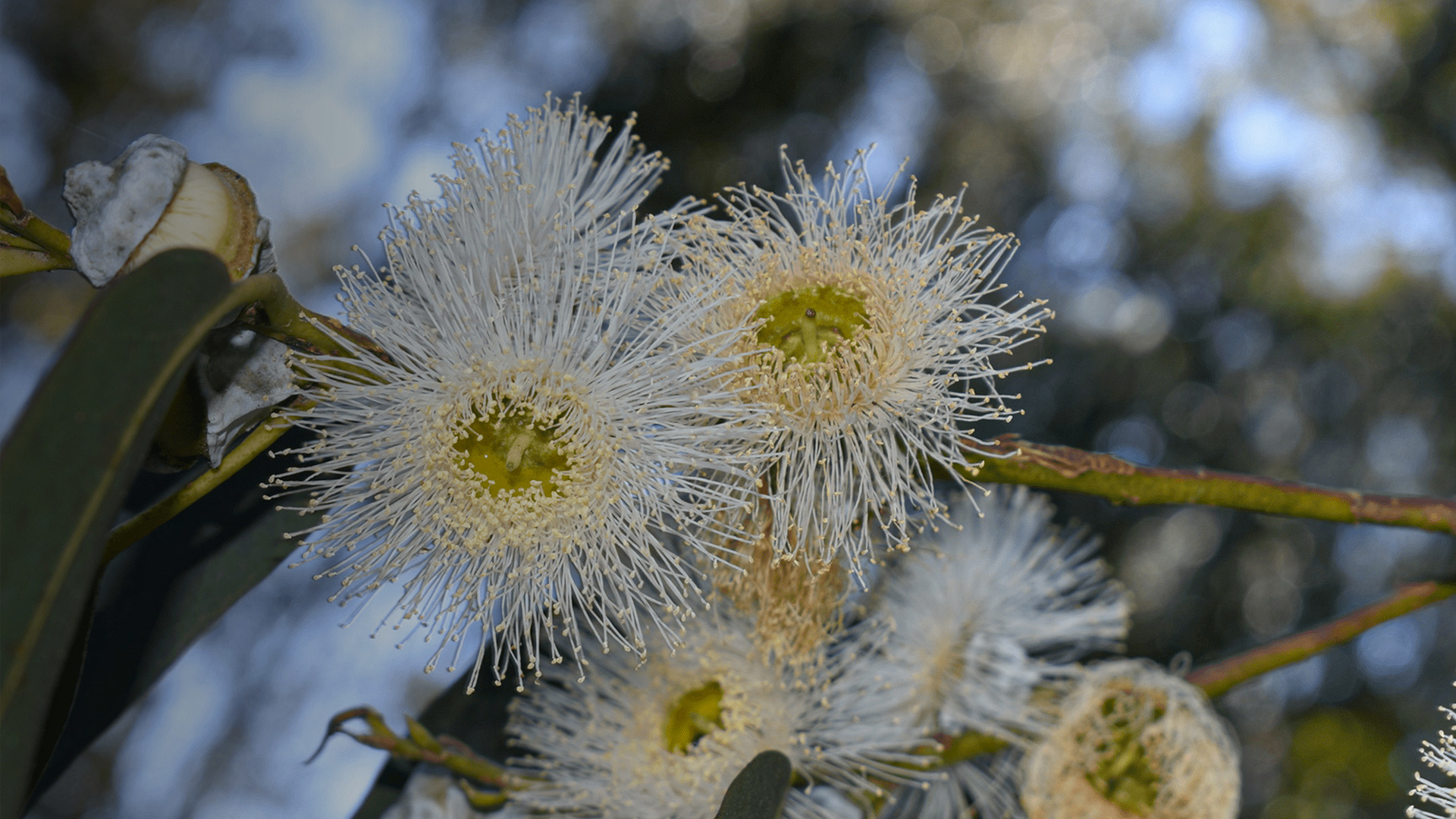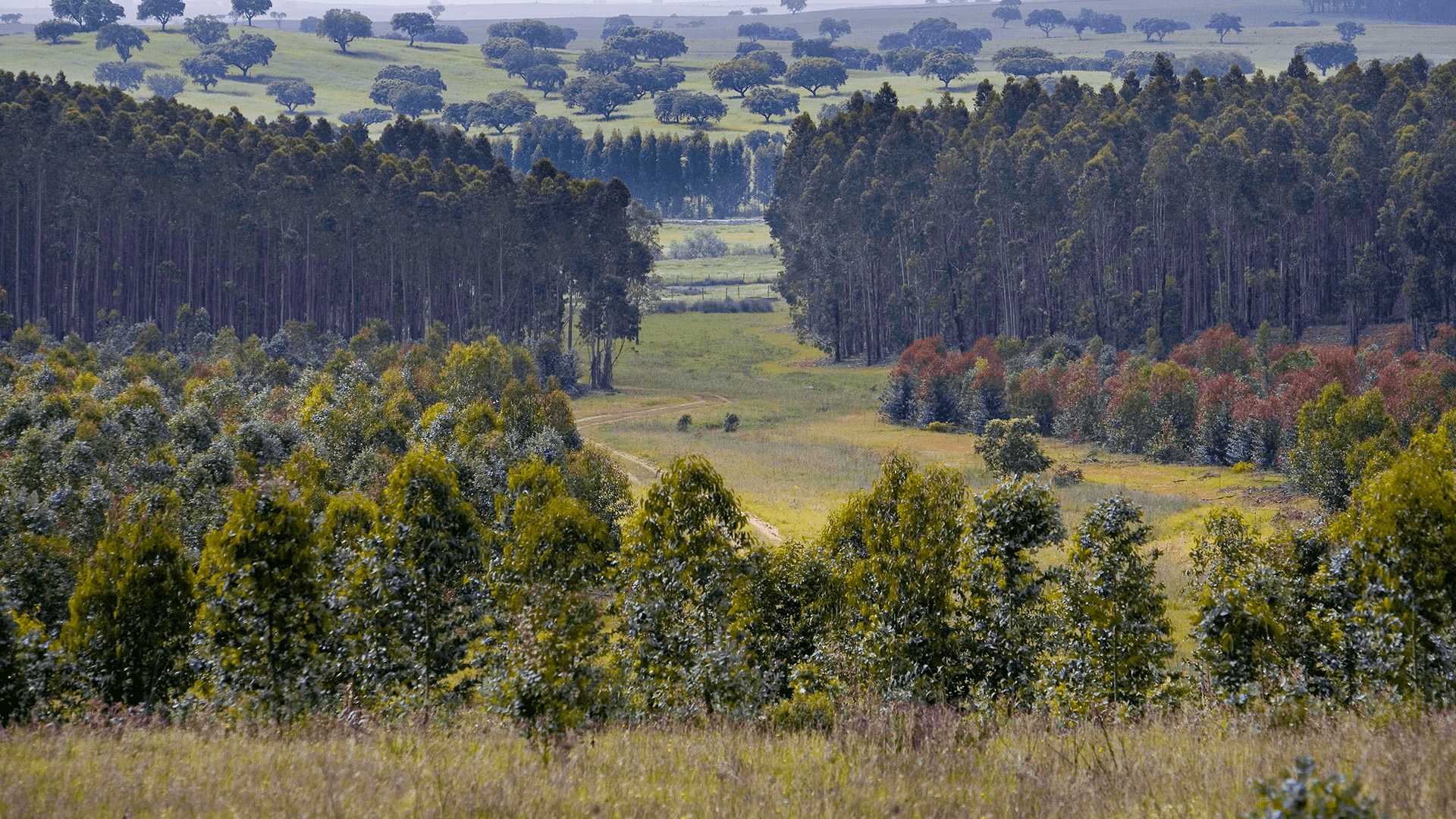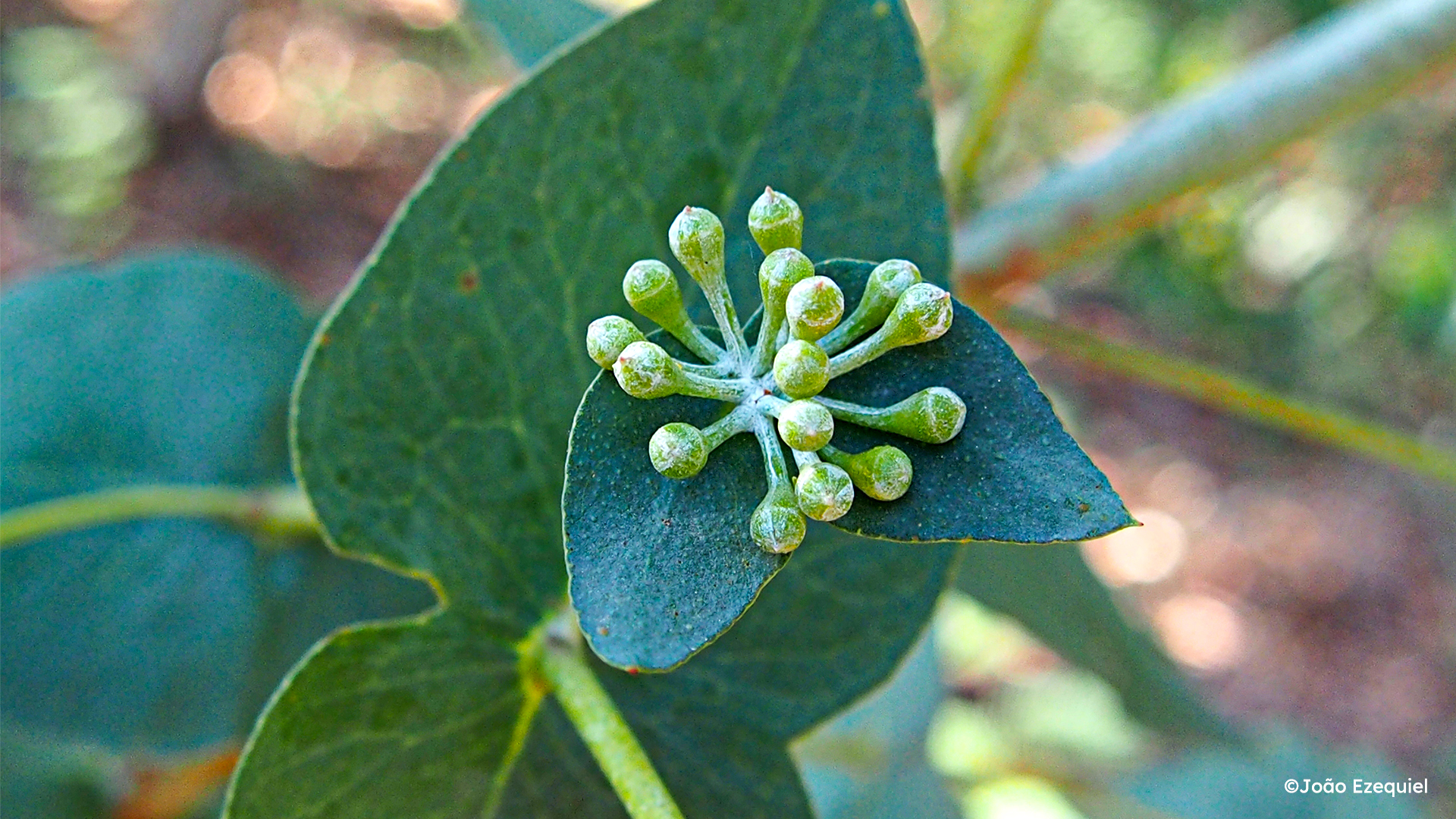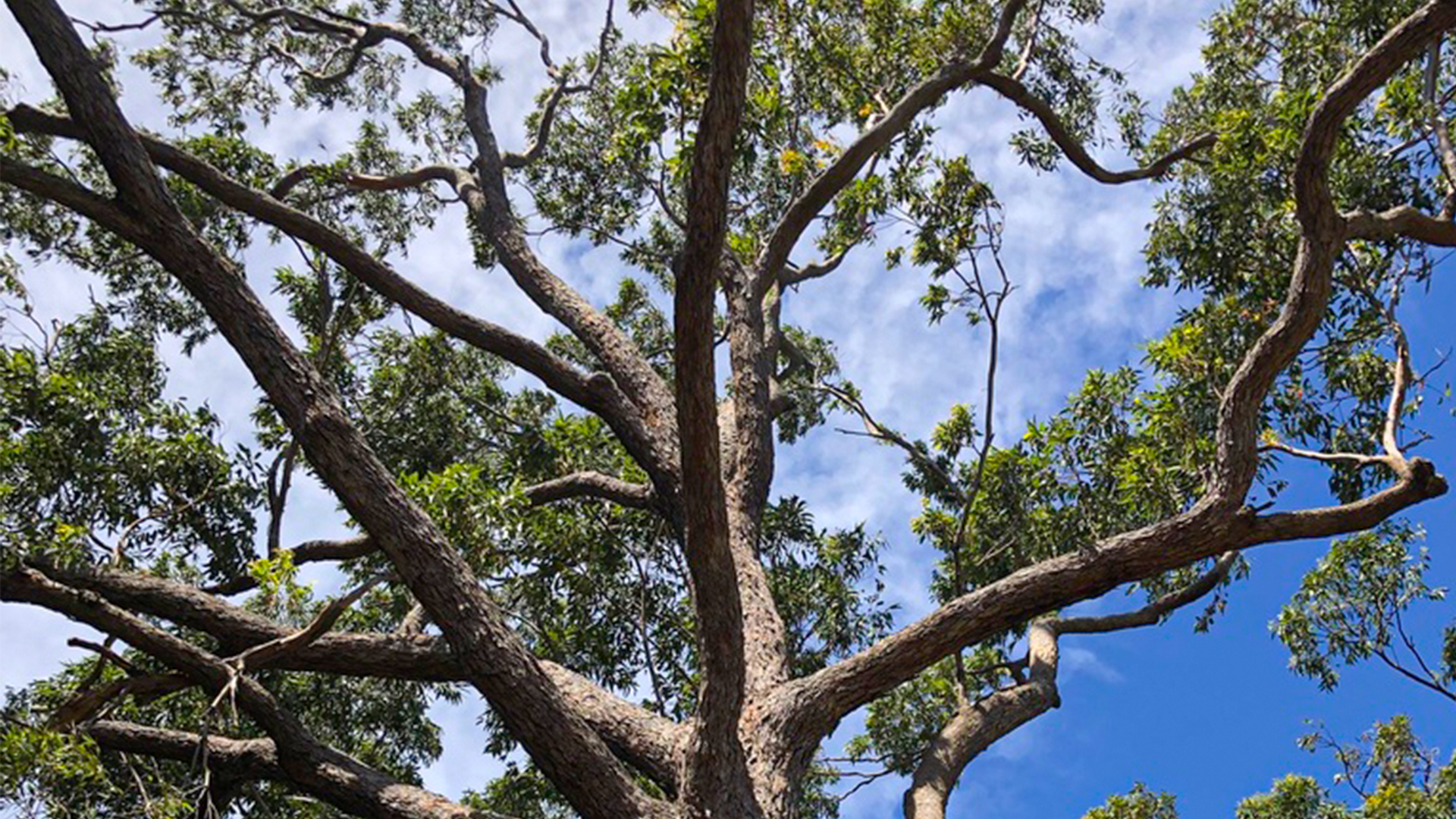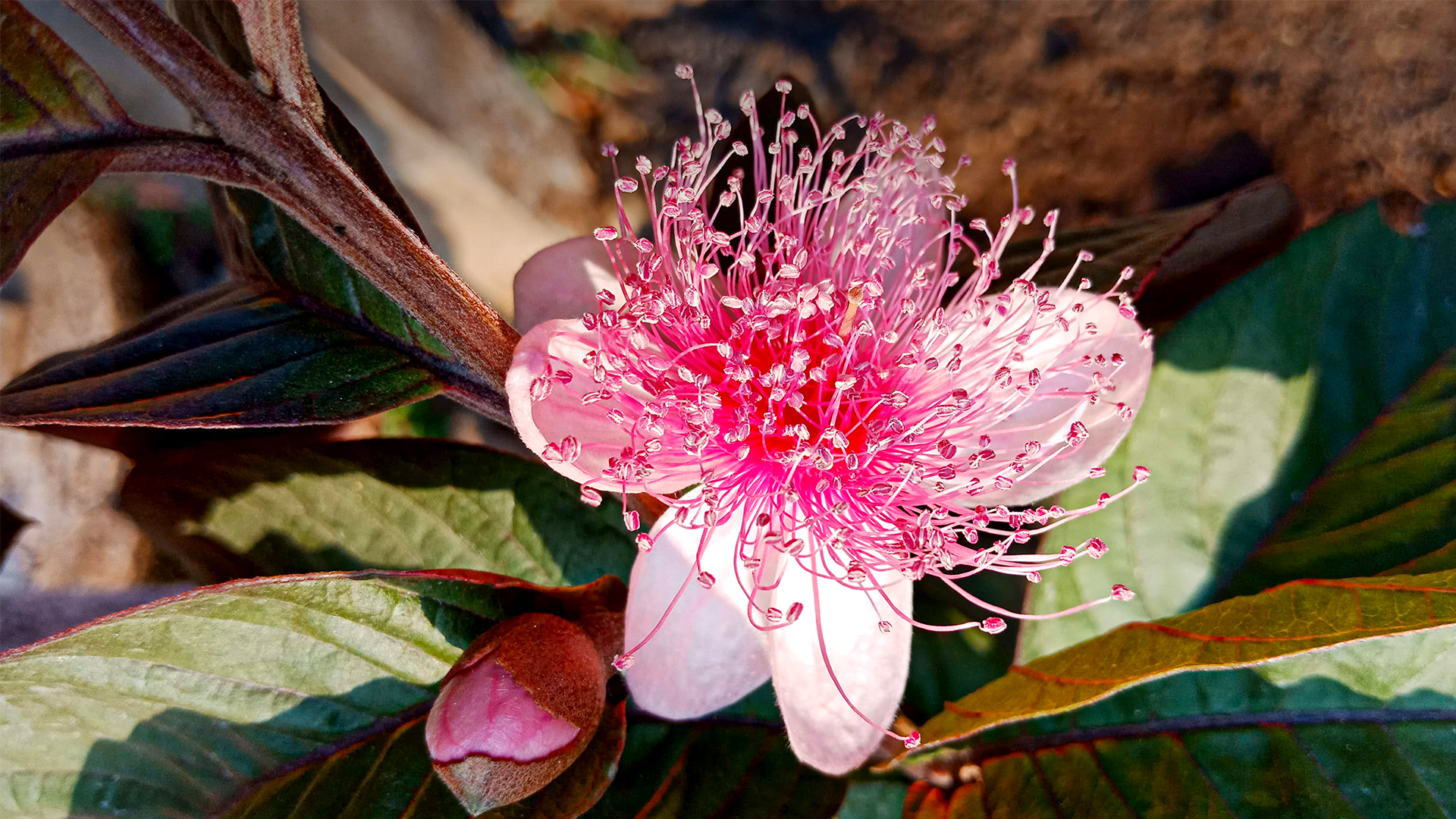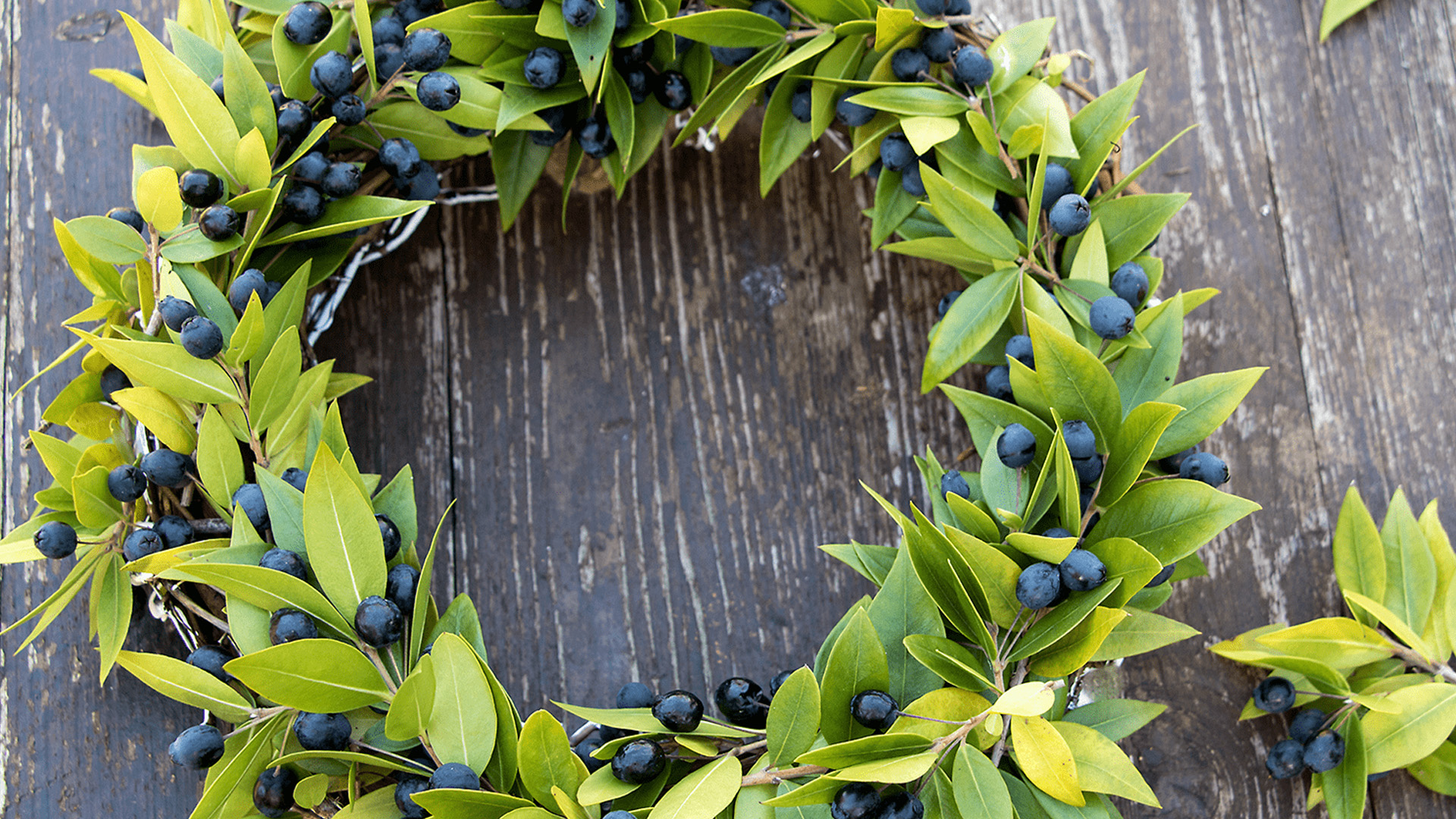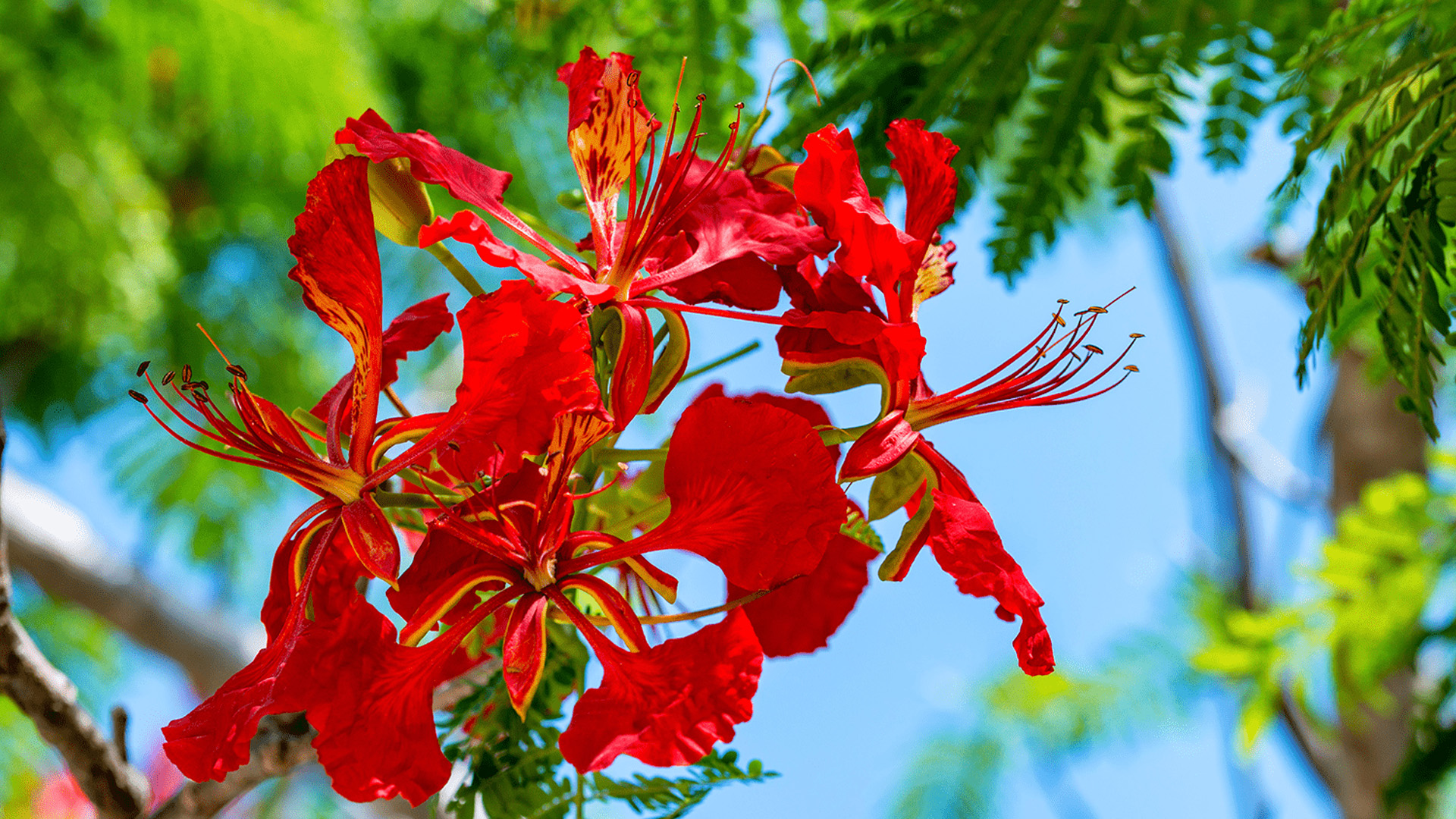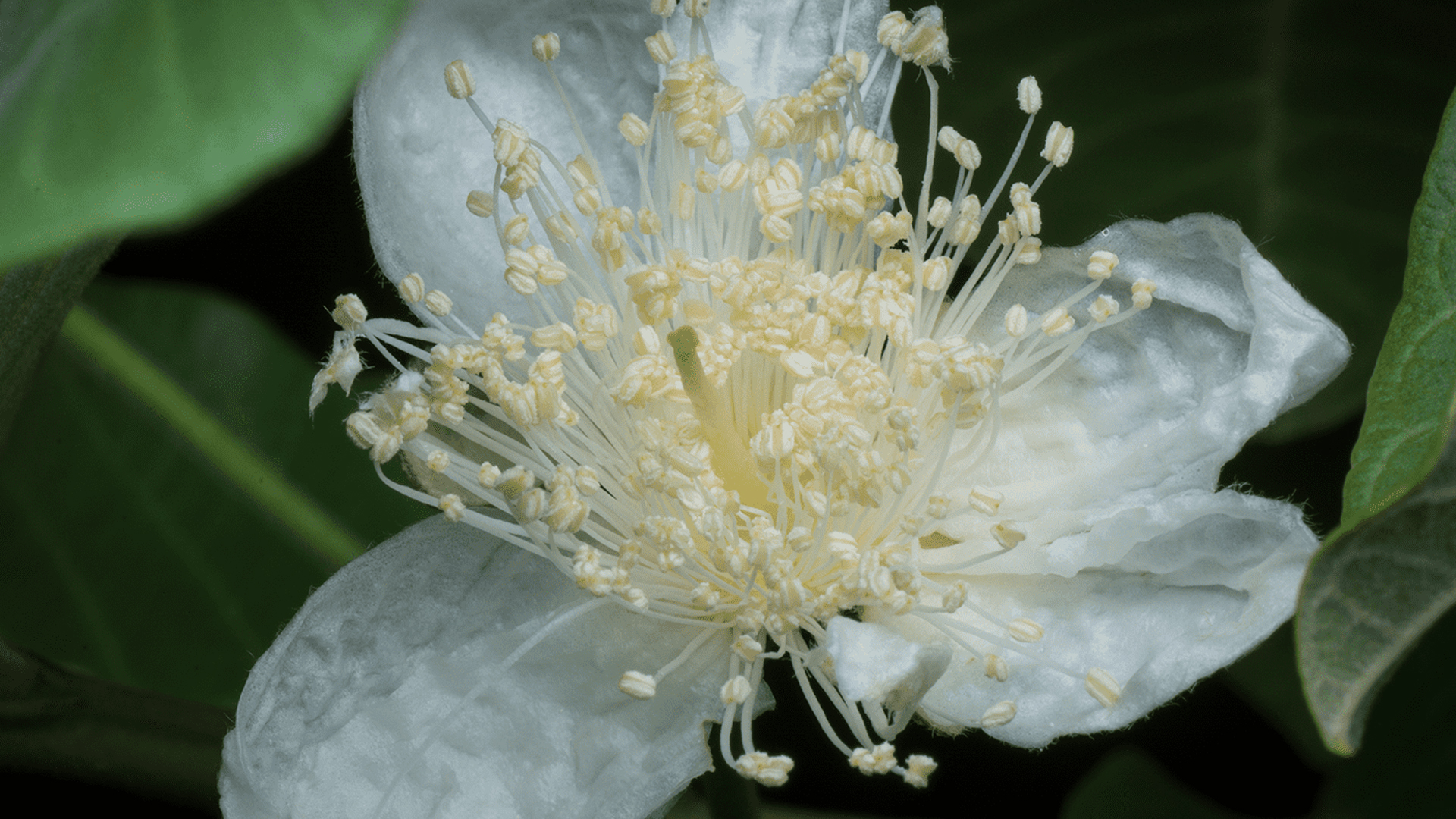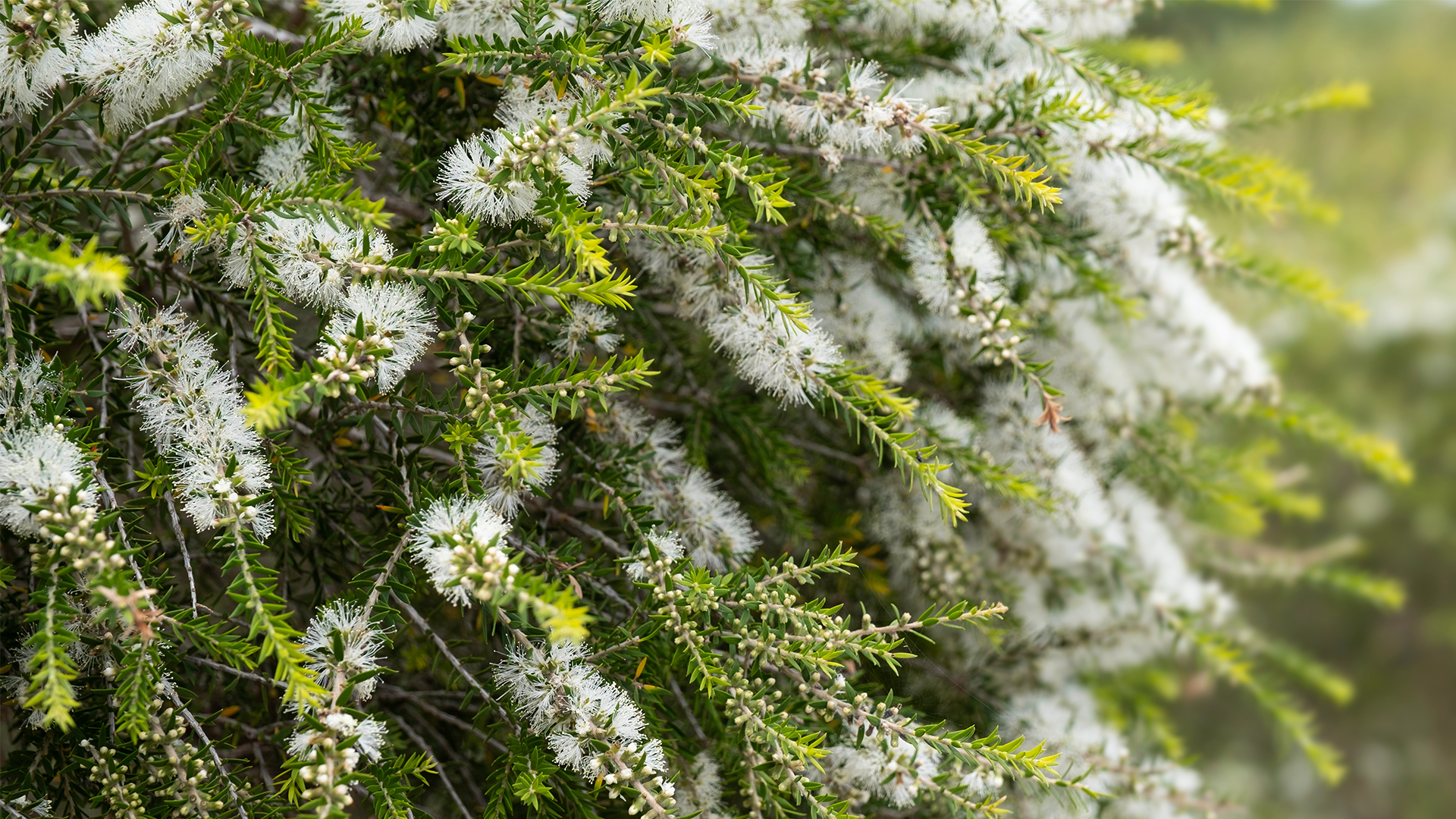The genus Eucalyptus was long believed to have originated 20 million years ago, but we now know that it is much older. This explains somehow the fact that it belongs to the ‘universe’ of the Myrtaceae, a large botanical family. This story is even more curious considering that cloves, peppers or guava are also part of this large family.
There are about 800 eucalyptus species identified among more than 5,000 plants of the Myrtaceae family, proof of the remarkable diversity associated with Eucalyptus, a tree that originated in Australia 20 million years ago. Or so we believed.
It was the year 2011 when traces of fossils about 52 million years old were discovered in Patagonia. Upon analysing their genome something even more striking came up: this genus’ origin is, after all, 110 million years old. In any case, it is undeniable that more than 99% of eucalyptus species can be found in Australia, a country where this tree evolved in a myriad of different species.
The genus Eucalyptus was scientifically described by the French botanist Charles-Louis L’Héritier in 1788, but the first contact of European explorers with this tree happened much earlier. In fact, the Portuguese were the first to come across eucalyptus trees in 1515 in their expeditions to Timor in search of sandalwood (Santalum album), a type of wood with a high commercial value back in the day. On the Island of Timor alone, for example, there are three species of eucalyptus: E. urophylla, E. orophila and E. alba. And the Portuguese probably took seeds of these species to other places, such as Brazil.
Historically, this tree arrived in Portugal only in the early nineteenth century and we can currently say that Eucalyptus globulus is the most common (and planted) eucalyptus in the national territory, a country with excellent conditions for this tree to thrive: mild climate and low fertility and shallow soils.
According to the 6th National Forest Inventory (IFN6, 2019), in 2015 it took up an area of 845,000 hectares in Portugal, about a quarter of the national forest (26%), with a greater presence in the central coastal region (40.2% of the forest area). In addition to its high growth rate, the quality of its wood also plays a major role as regards its spread in the national territory.[/vc_column_text]
The genus Eucalyptus at Quinta de São Francisco
Located in the Aveiro region and managed by The Navigator Company, Quinta de São Francisco is a unique natural shelter in Portugal and home to more than 450 species of flora, among trees and monumental shrubs. As regards species from afar, the genus Eucalyptus is undoubtedly the most represented. With more than 100 species, the centenary Quinta de São Francisco eucalyptus arboretum is considered one of the largest in Europe.
One of the rare species, which can only be found here on the entire European continent, is Eucalyptus risdonii, or Risdon peppermint, endemic to the island of Tasmania (Australia). Considered a Vulnerable (VU) species by the IUCN Red List of Threatened Species, more than 120 years ago this species found here a place to thrive safely. As the name implies, the leaves smell like peppermint and are part of the aromatic section, which includes Eucalyptus amygdalina, Eucalyptus tenuiramis, Eucalyptus nitida and Eucalyptus elata.
Another interesting species is Eucalyptus botryoides, considered one of the tallest trees in Quinta de São Francisco with about 50 meters, probably the tallest specimen of its species in Portugal.
Did you know that…
The word eucalyptus derives from the Latin Eucalyptus, which in turn uses two Greek words (Eu +calyptus) meaning “well covered” or “well hidden.”The name derives from the eucalyptus flower bud – operculum – that protects the remaining parts of the flower.
The most planted eucalyptus species in Portugal (E. globulus subsp. globulus) was discovered in Tasmania in 1792, was scientifically described in 1800 by the French naturalist Jacques Labillardière and was one of the first to be disseminated outside Australia.
The Portuguese discoverers were the first Europeans to come across eucalyptus trees. It was the year 1515 in Timor and they called the species E. urophylla and E.alba black-gum and white-gum, respectively.
In Portugal, about 250 species and varieties of eucalyptus have been introduced, some of which can only be observed in botanical gardens and forest arboretums, e.g. in Quinta de São Francisco.
Some unlikely species of myrtaceae
Myrtle (Myrtus communis) is the only plant in this family that is native to southwestern Europe and northern Africa. However, this tree has become very common in the national territory, namely in cork oak forests. In the Antiquity, this bush was considered sacred by the Greeks and Romans, and a symbol of Peace and Love. It has medicinal, food, aromatic and decorative uses.
Native to the Moluccas and New Guinea, and cultivated in several other regions of the world, the clove (Syzygium aromaticum) is a perennial leaf tree whose flowering season takes place between May and June.
Given that the vast majority of the “members” of this botanical family are native to lands with tropical or subtropical climates, it is only natural that the list of species includes some tropical fruits little known to most Europeans. This is the case of the guava (Psidium guajava), the strawberry guava (Psidium cattleianum), the pineapple guava (Acca sellowiana), the Surinam cherry (Eugenia uniflora), the clove (Syzygium spp.) and also jabuticaba (Plinia cauliflora).
In the field of hortofloriculture, there are also some known plants such as bottlebrushes (Callistemon spp.), melaleucas (Melaleuca spp.), iron tree (Metrosiderosspp.) and garden heats (Leptospermum spp.), just to name a few.
[/vc_column][/vc_row]
